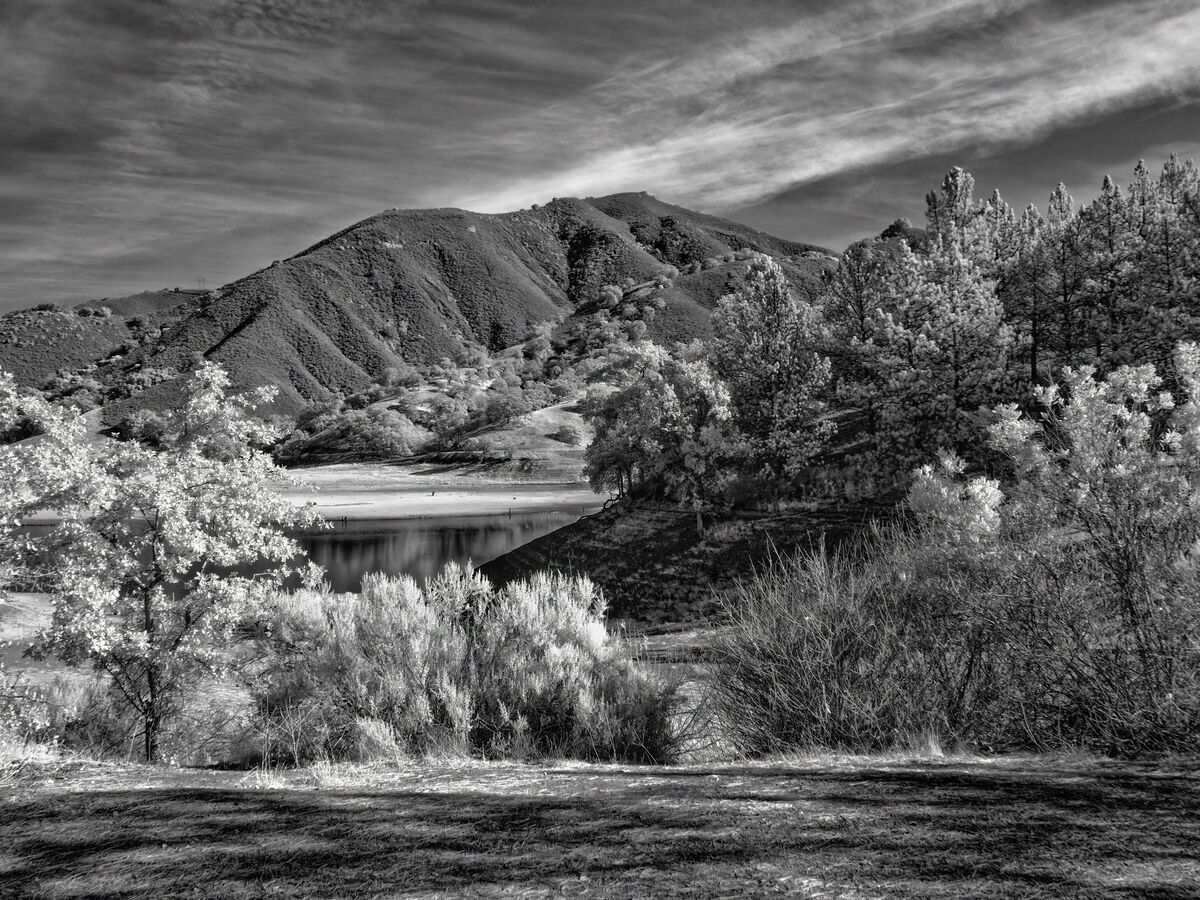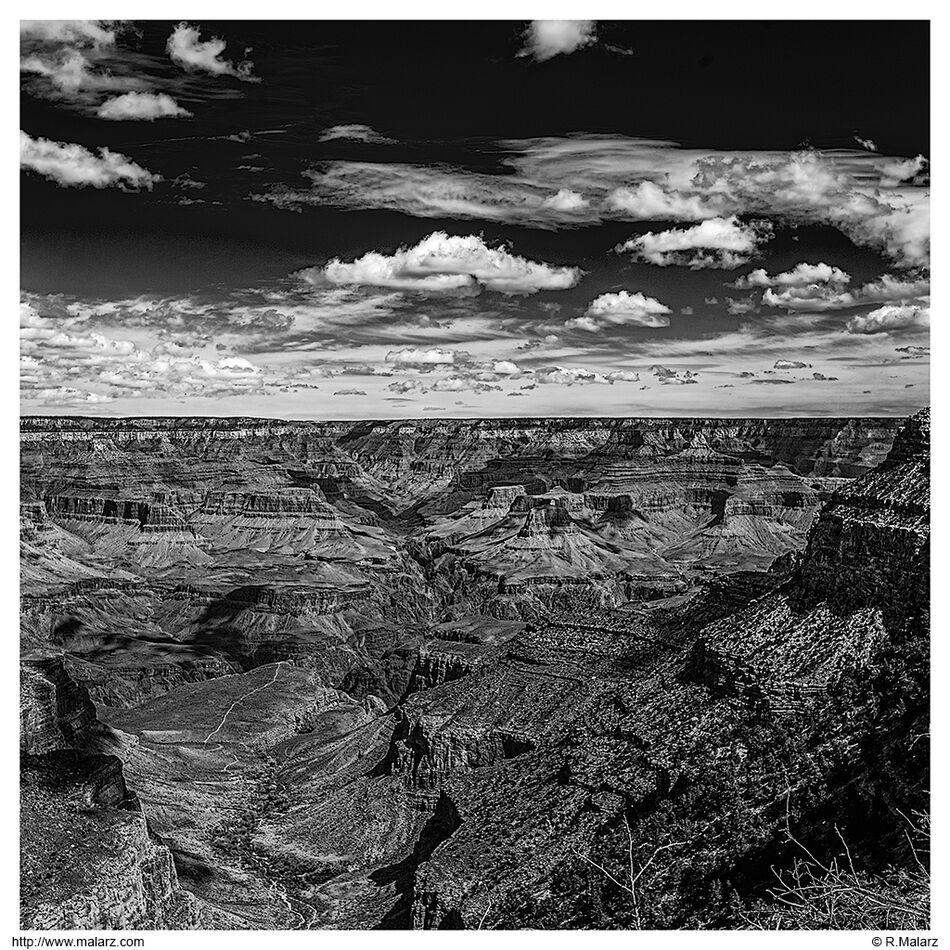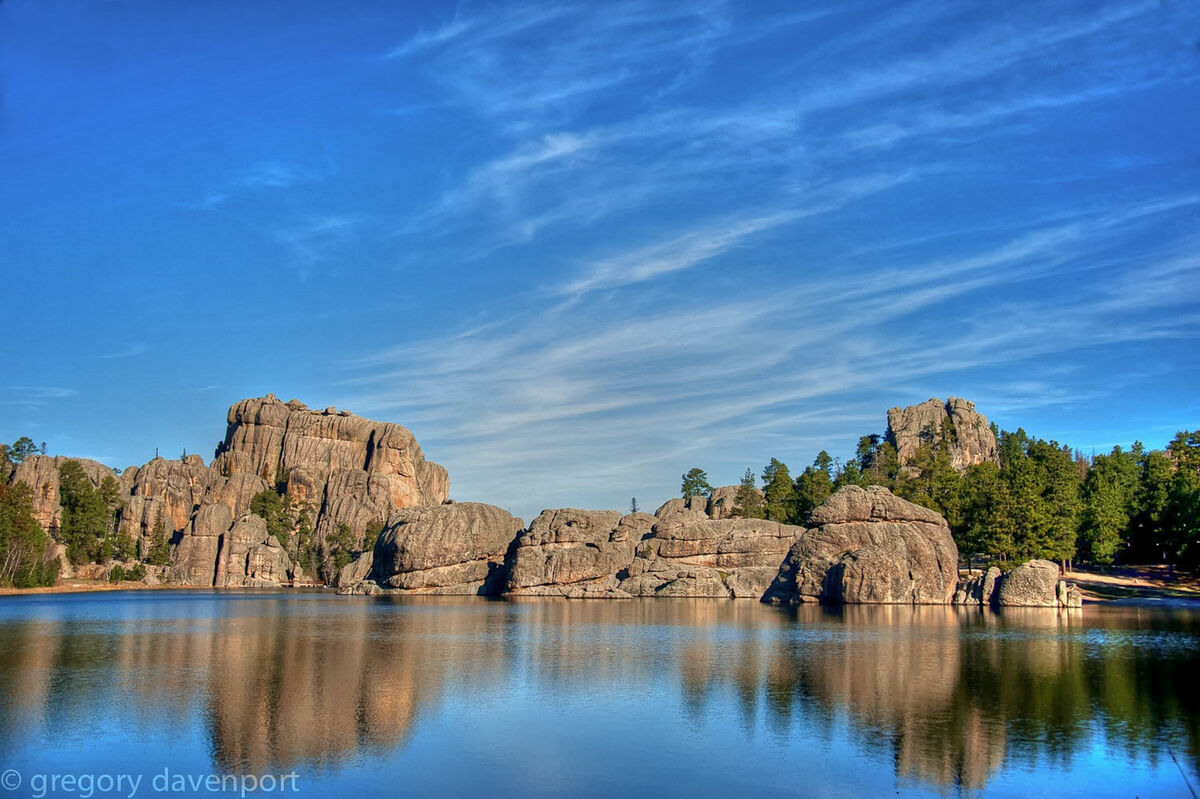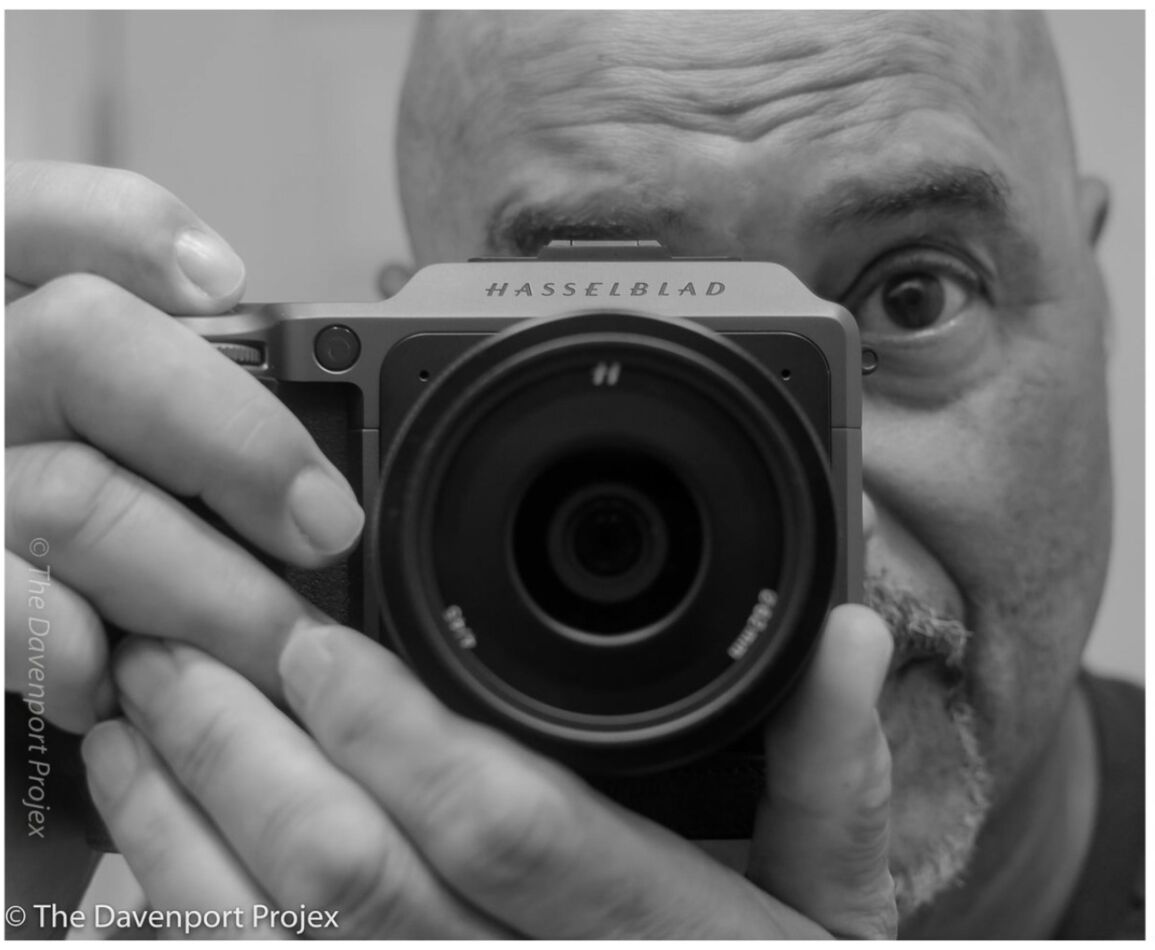Black and White Photography - My Process
Aug 21, 2022 22:35:17 #
dhelix33 wrote:
Black and white photography was my first love. I h... (show quote)
Very nice! You are getting the gray tonality to show the richness of the image. And I love it.
I have enjoyed using a camera modified to full spectrum IR and to use filters to get the look I want. The following image was posted on this site in July where I went through the steps to get a B&W image from one of these results from that camera.
For this one, I used a 590nm (red) filter, and then swapped red and blue channels. Then I did a white balance on some leaves which turned them from yellow to white. Then played with Lightroom sliders to give it an interesting look. Then converted to B&W using NIK's Silver Efex Pro and I used the WetRocks slider. Then used Denoise AI. And produced this. My goal is to have a lot of gray tones without to much into deep blacks or into saturated whites. Using IR allowed control over the look of the trees which I didn't want to have them looking too dark.
Aug 21, 2022 23:18:25 #
Greg, here's one of The Canyon taken in 2020 looking north along Bright Angel Canyon.
--Bob
--Bob
dhelix33 wrote:
I appreciate the personal historical share - and especially the image shares Bob. Here is an image taken from the West Rim of the Grand Canyon.
Sony a9
Sony FE 24-105mm F4
Sony a9
Sony FE 24-105mm F4
Aug 22, 2022 05:43:33 #
dhelix33 wrote:
Black and white photography was my first love. I h... (show quote)
Very nice!!!
But way too much sky.
Aug 22, 2022 06:18:53 #
Aug 22, 2022 06:29:59 #
For many years I used Tri-X with Kodak HC-110 Sol. B. I also used T-MAX 100 with Rodinal. That was obviously when I was using film.
In the digital era I shoot color and then I make conversions using Affinity Photo or Topaz B&W Effects 2. My tendency is to add a small amount of warmth to the images using Color Balance in Photoshop to simulate the Agfa fiber base paper I was using for my prints.
Here are two of my images. The first one has a pre-set and it was shot in the Canaan Valley in West Virginia. The second one also shot in the same location. I tend to be simplistic with my b&w images but continue to use dodging and burning in like in the old times. Love contrast with my images when I believe they require it. Like you I watch the light and usually sidelight and backlighting are my favorites. Both give more "life" to the monochrome images.
In the digital era I shoot color and then I make conversions using Affinity Photo or Topaz B&W Effects 2. My tendency is to add a small amount of warmth to the images using Color Balance in Photoshop to simulate the Agfa fiber base paper I was using for my prints.
Here are two of my images. The first one has a pre-set and it was shot in the Canaan Valley in West Virginia. The second one also shot in the same location. I tend to be simplistic with my b&w images but continue to use dodging and burning in like in the old times. Love contrast with my images when I believe they require it. Like you I watch the light and usually sidelight and backlighting are my favorites. Both give more "life" to the monochrome images.
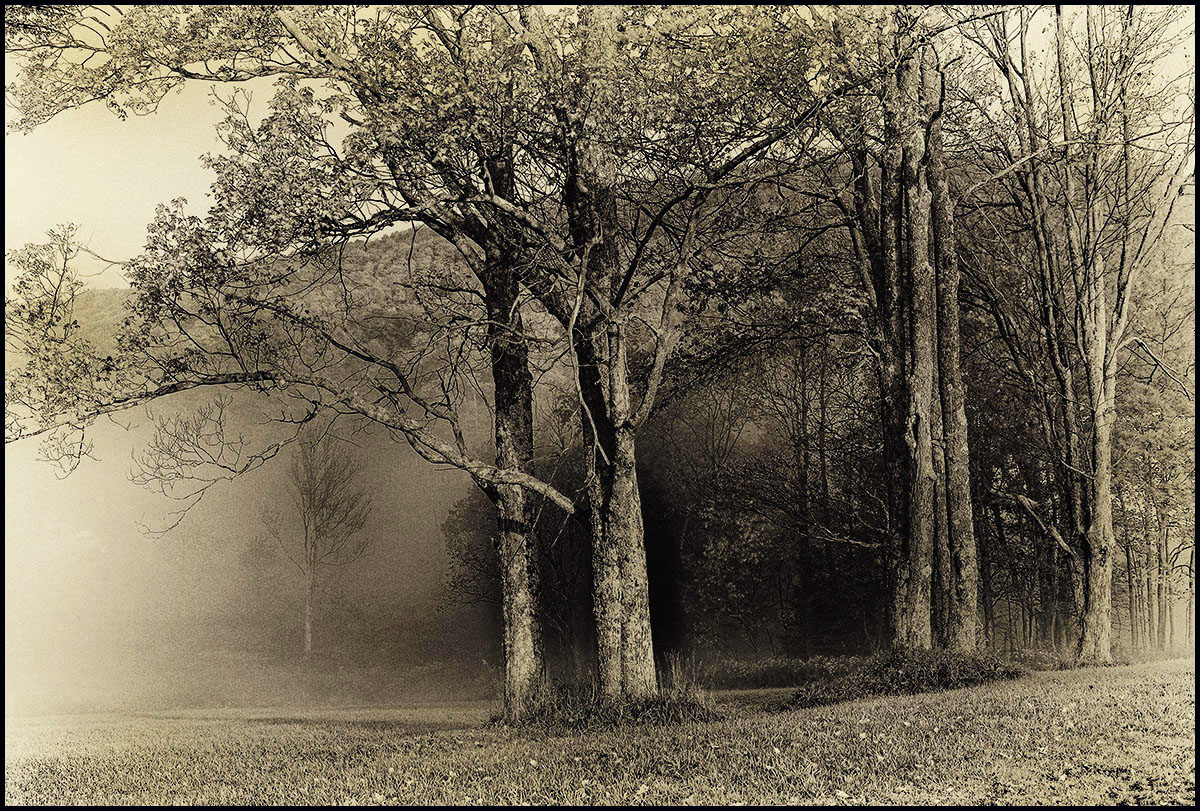
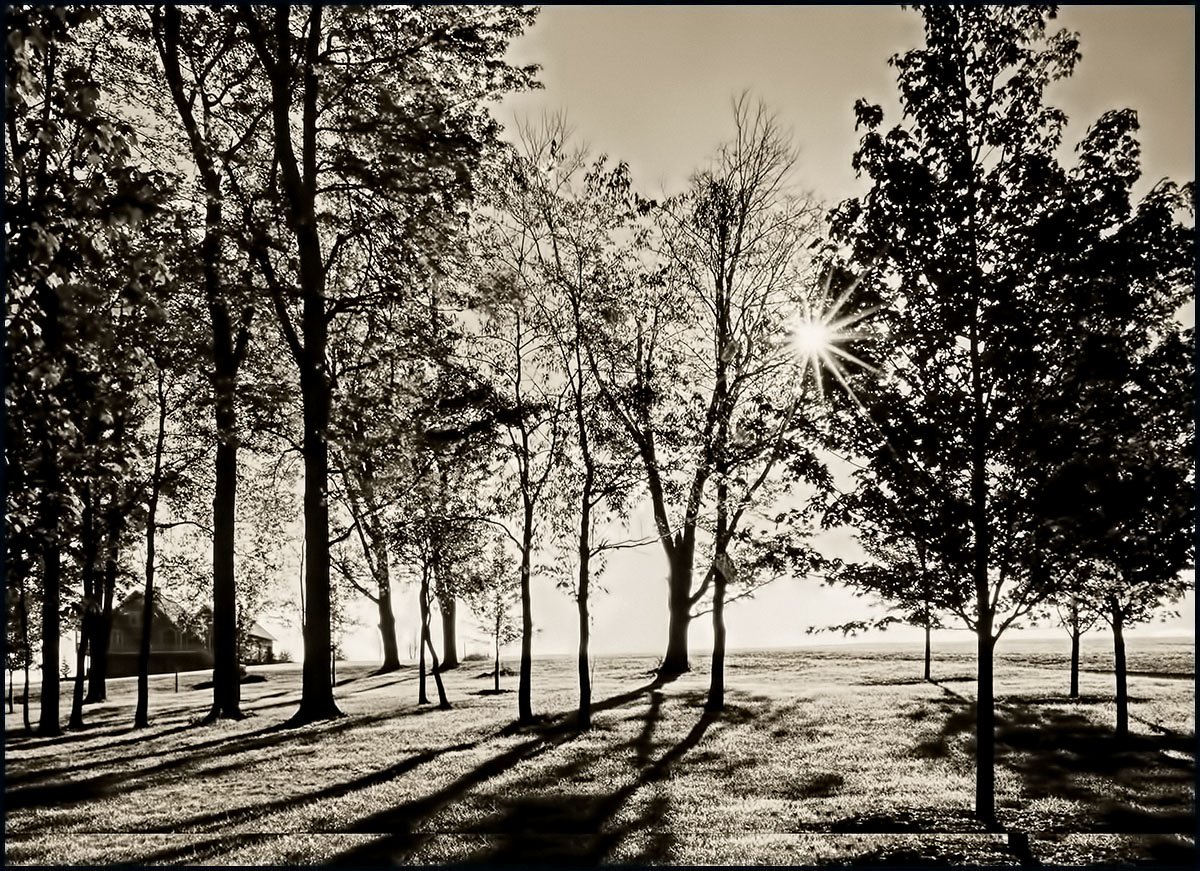
Aug 22, 2022 07:08:31 #
Aug 22, 2022 11:01:16 #
gtilford
Loc: Woodstock, Ontario, Canada
dhelix33 wrote:
Black and white photography was my first love. I h... (show quote)
Great image and I would have loved to see the same image in color to compare the two.
Aug 22, 2022 11:13:41 #
Aug 22, 2022 12:50:37 #
Aug 22, 2022 12:52:09 #
camerapapi wrote:
For many years I used Tri-X with Kodak HC-110 Sol.... (show quote)
 Most appreciate the share - thank you!
Most appreciate the share - thank you!Aug 22, 2022 12:53:14 #
Aug 22, 2022 13:04:06 #
gtilford wrote:
Great image and I would have loved to see the same image in color to compare the two.
Here you go.
Aug 22, 2022 13:09:37 #
I shared this image on my website - This is one of then best cameras I have ever owned or shot with. Principally used in our home studio - Have shot with it on location for requested portraits by clients.
Greg
Greg
Aug 22, 2022 15:24:58 #
Aug 22, 2022 16:52:35 #
If you want to reply, then register here. Registration is free and your account is created instantly, so you can post right away.

